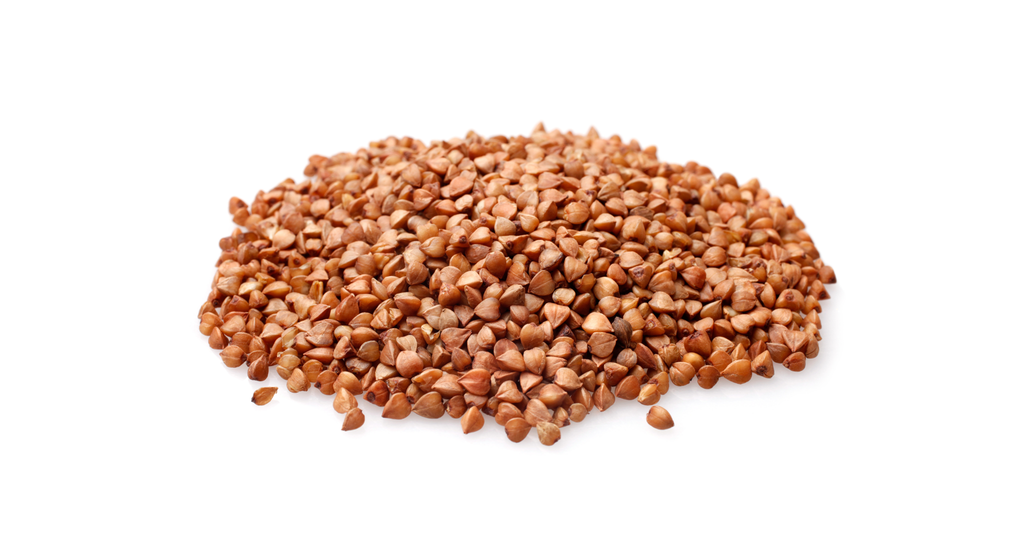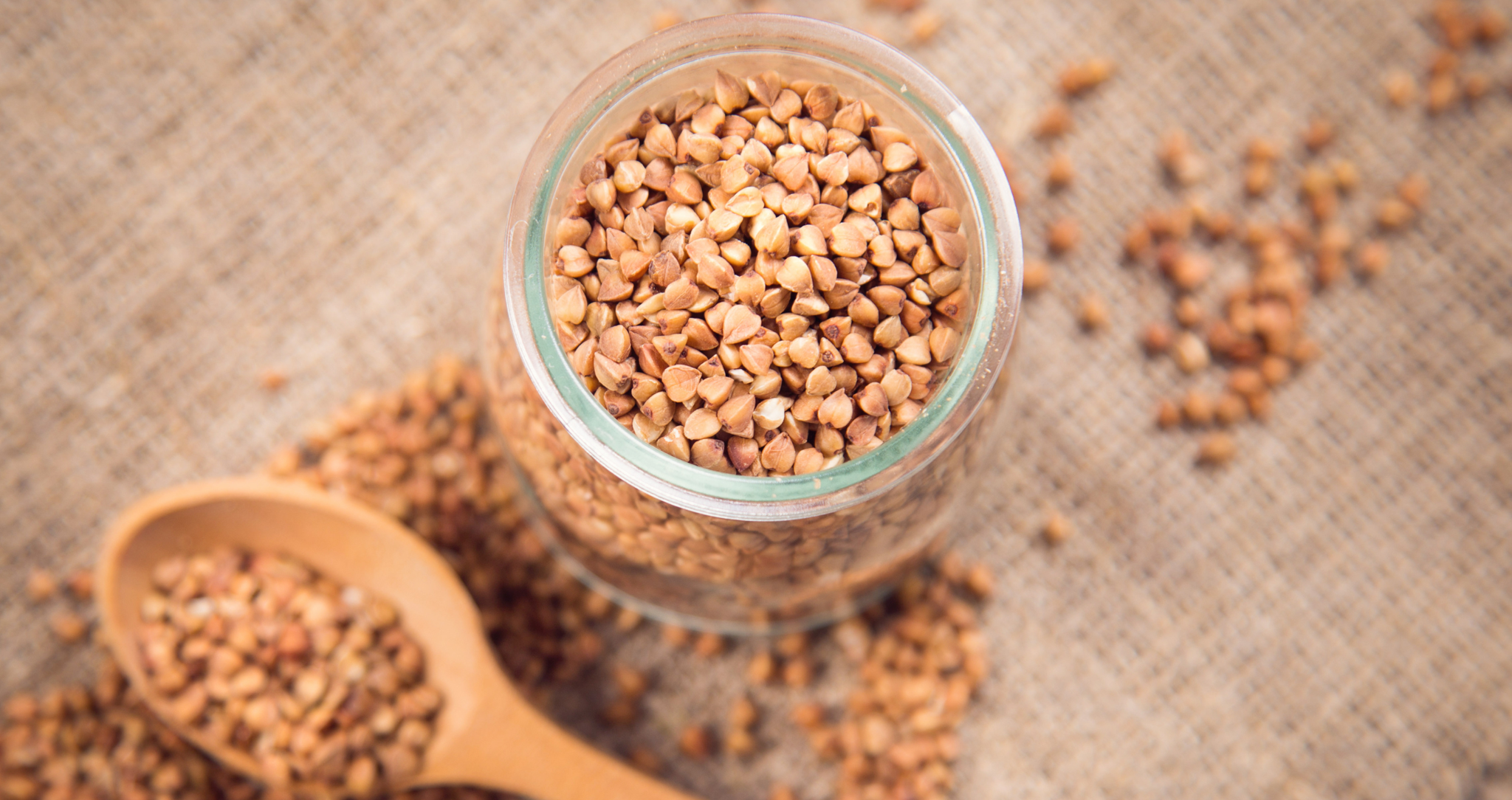
Buckwheat ( Fagopyrum esculentum ) belongs to a food group commonly known as pseudocereals. Pseudocereals are grains that are used as cereal grains but do not originate from the cereal plant. Other popular pseudograins include quinoa and amaranth. Despite its name, buckwheat is not related to wheat and is therefore gluten-free. It is used as a tea or processed into seeds, flour and noodles. Grains are used similarly to rice, which is the main ingredient in many traditional European and Asian dishes.
Buckwheat has become popular as a health food due to its high mineral and antioxidant content. Its benefits may include improved blood sugar control. There are two types of buckwheat, common buckwheat (Fagopyrum esculentum) and Tartary buckwheat (Fagopyrum tartaricum), which are most widely grown for food.
Buckwheat is mainly harvested in the Northern Hemisphere, especially in Russia, Kazakhstan, China, Central and Eastern Europe. 
Highlights at Buckwheat:
It is Gluten-free, a good source of fiber, rich in minerals and various plant compounds, especially rutin.
Therefore, consuming buckwheat may provide several health benefits, including improved blood sugar control and heart health.
Health benefits of buckwheat:
- Improved blood sugar control
- Cardiovascular health
- Buckwheat may also promote heart health.
- It boasts many heart-healthy compounds, such as Rutin, Magnesium, Copper, Fiber and some Proteins. Among grains and pseudocereals, Buckwheat is the richest source of Rutin, a beneficial antioxidant.
Rutin may reduce the risk of heart disease by preventing blood clot formation and reducing inflammation and blood pressure. Buckwheat has also been found to improve your blood lipid profile. Having a bad history is a high risk factor for heart disease.
A study in 850 Chinese adults linked buckwheat intake to reduced blood pressure and improved blood lipid profile, including lower LDL (Bad Cholesterol) and HDL Cholesterol levels. (Good cholesterol) is higher.

